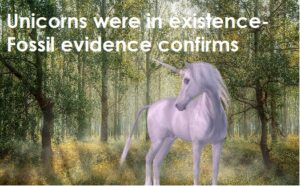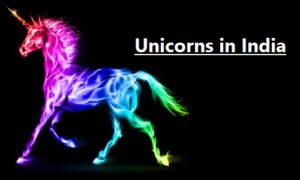Introduction
The idea of unicorns likely originated from a combination of cultural influences, misinterpretations of ancient fossils, and artistic imagination.
They were depicted in early Mesopotamian art and was also mentioned in mythology from India and China.
Scotland’s designated national animal is the unicorn.
And they have long been devoted to this well-known mythical creature.
The unicorn’s association with Scotland dates back to the 12th century when William I of Scotland (also known as William the Lion) used the unicorn on his seal.
This association was reinforced over time and became a part of Scottish identity.
In Celtic mythology, the unicorn is a representation of pristine strength, innocence, and a white horse-like physique.
Due to the effectiveness of their healing abilities, legend also claims that their horns can cure poisoned water.
Unicorns do exist. However, they are more commonly known as one-horned rhinoceroses; unicorn literally means ‘one horn’ in Latin.
This applies to both Indian and Javan rhinos, which are similar in appearance, though the Javan is smaller.

What’s the origin of the unicorn myth?
The unicorn or other animals with a single horn have long been the subject of legends.
Some have suggested that the rhino’s horn may have served as the inspiration for unicorn mythology, although other creatures, such the tusked narwhal, are more likely candidates.
The historian Ctesias (about 400 BCE) provided the oldest description of a single-horned (Greek monokers, Latin unicornis) animal in Greek literature.
According to The Natural History of Unicorns, Ctesias created the unicorn from three local animals:
the Indian rhinoceros, whose horn is said to have medical benefits; the goat-like, horned chiru; and the enormous, reddish-and-white kiang.

Unicorn Fossil Evidence
Researchers recently provided conclusive evidence that unicorns did, in fact, exist, though not as gorgeous horses with pearly white manes, wings, and horns as was previously thought.
Scientists who once believed they had gone extinct 350,000 years ago are completely taken aback by the news.
Researchers at Russia’s Tomsk State University examined bone pieces of the horny monsters discovered in Pavlodar region of Kazakhstan.
And established that the remains were approximately 29,000 years old, refuting a belief that they went extinct more than 350,000 years ago.
Researcher Andrei Shpanksy from Tomsk State University wrote in the study, “Probably, the south of Western Siberia was a [refuge], where this rhino survived the longest in comparison with the rest of the range.”
The study, which was published in the American Journal of Applied Sciences, also showed that these unicorns were far bigger than the horses we had in mind;
They were roughly six feet tall, 15 feet long, and weighed 8,000 pounds.
According to Forbes, the “unicorns,” whose scientific name is Elasmotherium sibiricum, may reach heights of 7 feet, have a circumference of 15 feet, and weigh up to 10,000 pounds.
Symbolism
Unicorns have been associated with various symbolic meanings throughout history.
They are often seen as symbols of purity, grace, and beauty.
In medieval European folklore, the unicorn was believed to be a symbol of Christ and purity, and its horn was thought to have magical and healing properties.
Popularity
Unicorns have remained popular in modern times, often associated with fantasy literature, art, and media.
They frequently appear in fairy tales, children’s stories, and fantasy novels, capturing the imagination of people of all ages.
In modern times, unicorns are often depicted in various forms of media, including books, movies, cartoons, and merchandise.
They have become popular symbols of magic, wonder, and imagination.
Kamakhya : The Bleeding Goddess
References :
https://www.nytimes.com/2021/08/17/t-magazine/unicorns-culture-myth.html
“Yes, We Have the Fossils to Prove It.” Good Housekeeping, 29 Mar. 2016, www.goodhousekeeping.com/life/entertainment/news/a37608/unicorns-are-real-fossils.
New York Post, 29 Mar. 2016, nypost.com/2016/03/29/unicorns-were-real.












I thought it is just a imaginary cartoon character…😀😀
OMG..!!!
historically it is true..
and I told my daughter that it is just imaginary character like mickey mouse and etc…:\ ;P
according to this rhino is also a unicorn.. as we always looks horse as a unicorn..
Imagine it.. it is funny…